Haoru Li
Mixture-of-Experts Meets In-Context Reinforcement Learning
Jun 05, 2025Abstract:In-context reinforcement learning (ICRL) has emerged as a promising paradigm for adapting RL agents to downstream tasks through prompt conditioning. However, two notable challenges remain in fully harnessing in-context learning within RL domains: the intrinsic multi-modality of the state-action-reward data and the diverse, heterogeneous nature of decision tasks. To tackle these challenges, we propose \textbf{T2MIR} (\textbf{T}oken- and \textbf{T}ask-wise \textbf{M}oE for \textbf{I}n-context \textbf{R}L), an innovative framework that introduces architectural advances of mixture-of-experts (MoE) into transformer-based decision models. T2MIR substitutes the feedforward layer with two parallel layers: a token-wise MoE that captures distinct semantics of input tokens across multiple modalities, and a task-wise MoE that routes diverse tasks to specialized experts for managing a broad task distribution with alleviated gradient conflicts. To enhance task-wise routing, we introduce a contrastive learning method that maximizes the mutual information between the task and its router representation, enabling more precise capture of task-relevant information. The outputs of two MoE components are concatenated and fed into the next layer. Comprehensive experiments show that T2MIR significantly facilitates in-context learning capacity and outperforms various types of baselines. We bring the potential and promise of MoE to ICRL, offering a simple and scalable architectural enhancement to advance ICRL one step closer toward achievements in language and vision communities. Our code is available at https://github.com/NJU-RL/T2MIR.
TELLER: A Trustworthy Framework for Explainable, Generalizable and Controllable Fake News Detection
Feb 12, 2024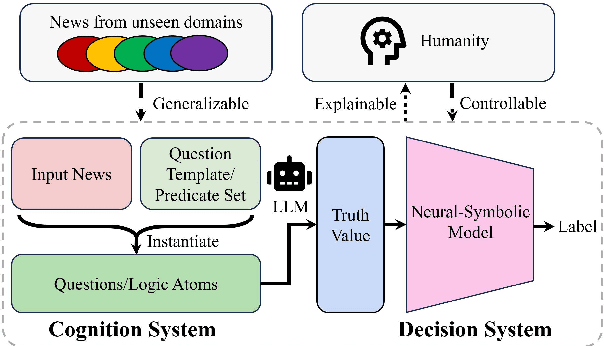
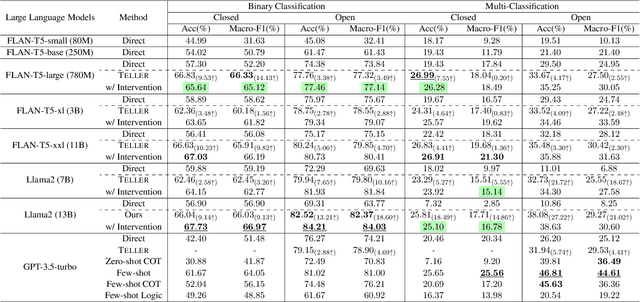
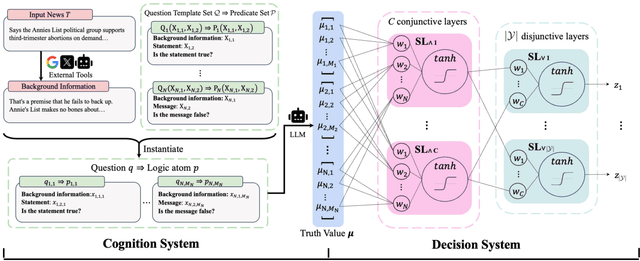
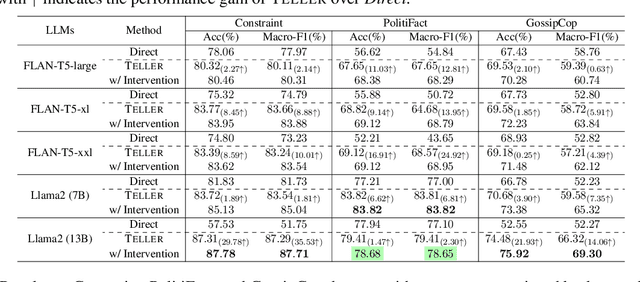
Abstract:The proliferation of fake news has emerged as a severe societal problem, raising significant interest from industry and academia. While existing deep-learning based methods have made progress in detecting fake news accurately, their reliability may be compromised caused by the non-transparent reasoning processes, poor generalization abilities and inherent risks of integration with large language models (LLMs). To address this challenge, we propose {\methodname}, a novel framework for trustworthy fake news detection that prioritizes explainability, generalizability and controllability of models. This is achieved via a dual-system framework that integrates cognition and decision systems, adhering to the principles above. The cognition system harnesses human expertise to generate logical predicates, which guide LLMs in generating human-readable logic atoms. Meanwhile, the decision system deduces generalizable logic rules to aggregate these atoms, enabling the identification of the truthfulness of the input news across diverse domains and enhancing transparency in the decision-making process. Finally, we present comprehensive evaluation results on four datasets, demonstrating the feasibility and trustworthiness of our proposed framework. Our implementation is available at \url{https://github.com/less-and-less-bugs/Trust_TELLER}.
Detection of Small Targets in Sea Clutter Based on RepVGG and Continuous Wavelet Transform
Nov 14, 2023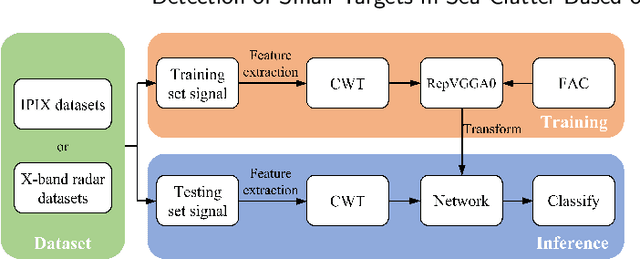
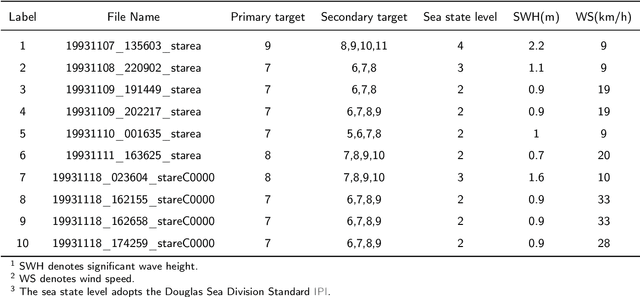
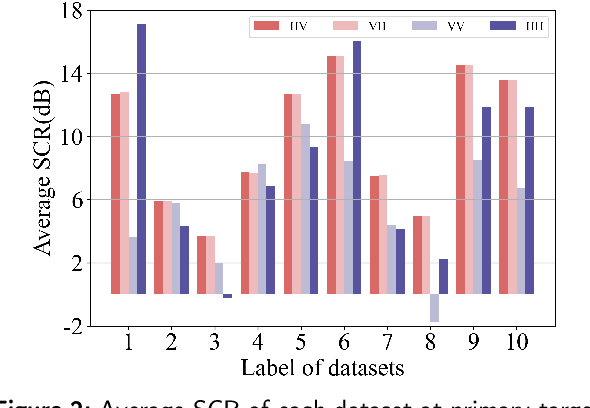
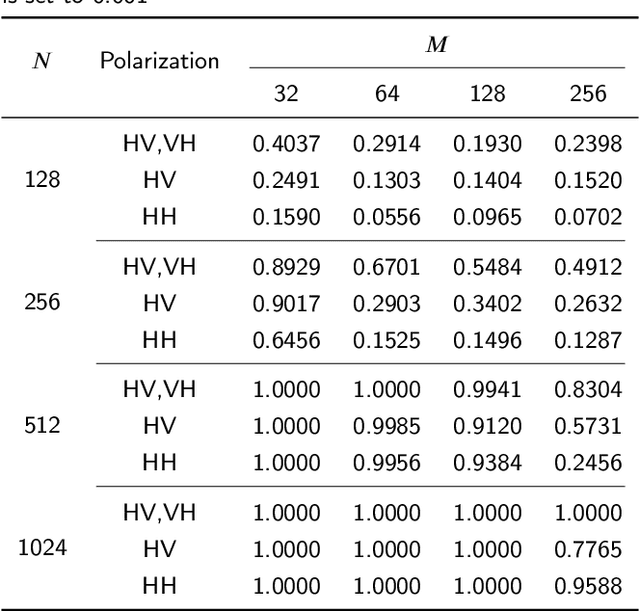
Abstract:Constructing a high-performance target detector under the background of sea clutter is always necessary and important. In this work, we propose a RepVGGA0-CWT detector, where RepVGG is a residual network that gains a high detection accuracy. Different from traditional residual networks, RepVGG keeps an acceptable calculation speed. Giving consideration to both accuracy and speed, the RepVGGA0 is selected among all the variants of RepVGG. Also, continuous wavelet transform (CWT) is employed to extract the radar echoes' time-frequency feature effectively. In the tests, other networks (ResNet50, ResNet18 and AlexNet) and feature extraction methods (short-time Fourier transform (STFT), CWT) are combined to build detectors for comparison. The result of different datasets shows that the RepVGGA0-CWT detector performs better than those detectors in terms of low controllable false alarm rate, high training speed, high inference speed and low memory usage. This RepVGGA0-CWT detector is hardware-friendly and can be applied in real-time scenes for its high inference speed in detection.
 Add to Chrome
Add to Chrome Add to Firefox
Add to Firefox Add to Edge
Add to Edge